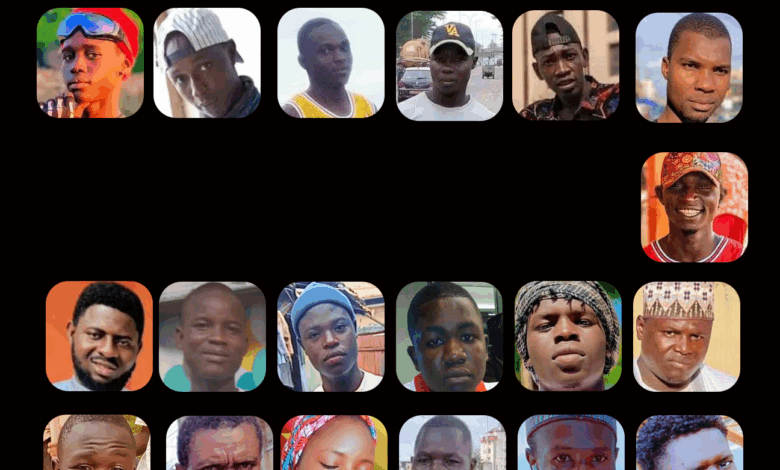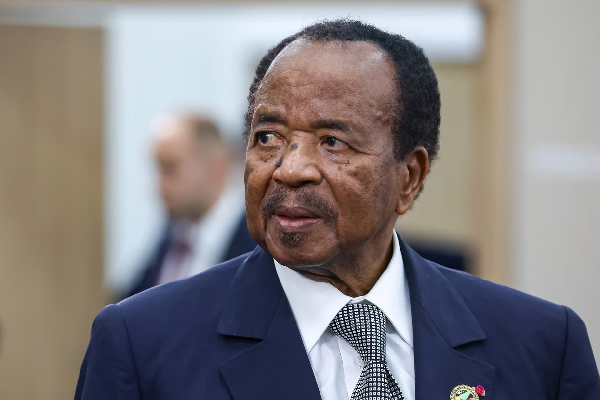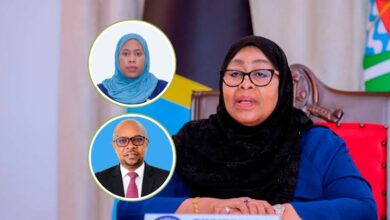Security forces in Cameroon reportedly killed 48 civilian...

Security forces in Cameroon reportedly killed 48 civilian...
The streets of Cameroon’s major cities have become scenes of tragedy following the controversial reelection of President Paul Biya, with previously undisclosed United Nations data revealing that security forces killed 48 civilians during widespread demonstrations.
The disputed October 12 presidential election, which confirmed the 92-year-old leader’s eighth consecutive term in office, has sparked what observers describe as the most significant unrest in Cameroon since the early 1990s. According to two separate United Nations sources, the death toll far exceeds government acknowledgments, painting a troubling picture of how authorities responded to citizen dissent.
Most victims lost their lives to live ammunition fired during street demonstrations, though several others died after suffering severe beatings with batons and wooden sticks, the UN sources confirmed. The Central African nation’s government has remained conspicuously silent about the casualty figures, with official spokespeople declining to provide any death toll or respond to media inquiries regarding the crackdown.
A Decades Long Grip on Power

Paul Biya first assumed the presidency in November 1982 after the unexpected resignation of Cameroon’s founding president, Ahmadou Ahidjo. What began as a constitutional succession has evolved into one of Africa’s longest uninterrupted leaderships, now stretching across more than four decades.
After consolidating power through a staged coup attempt in 1983 and 1984 that eliminated his major rivals, Biya transformed the political landscape to cement his authority. A 2008 constitutional amendment abolished presidential term limits, clearing the path for his seemingly indefinite rule. His victory in this latest election, certified at 53.66 percent, could potentially keep him in office until 2032, when he would approach his 100th birthday.
Opposition Candidate Rejects Results
The election’s runner up, Issa Tchiroma Bakary, captured approximately 35.19 percent of the vote according to official tallies. However, Tchiroma, who previously served as a government minister before breaking with the regime, declared himself the true victor shortly after polling stations closed. He characterized Biya’s declared victory as “a constitutional coup as blatant as it is shameful,” insisting that “the will of the Cameroonian people was trampled“.

In response to what he termed fraudulent results, Tchiroma called for a three-day national lockdown beginning in early November. The protest action saw widespread compliance in opposition strongholds, particularly in the economic powerhouse of Douala and northern cities such as Maroua and Garoua, where businesses shuttered and streets emptied as residents heeded the call.
The heaviest concentration of fatalities occurred in the Littoral region, which encompasses the bustling port city of Douala, where economic frustrations have long simmered beneath the surface. Nearly half of the recorded deaths took place in this zone, where demonstrations reached their most intense peak. An additional ten lives were lost in the Northern region, the very heartland of Tchiroma’s political support base.
As clashes intensified, protesters erected barricades across major roadways, set fire to police vehicles and tires, and hurled rocks and other projectiles at security personnel. Authorities responded with tear gas and water cannons before, in some instances, resorting to live ammunition.
Before the UN data emerged, civil society organizations had estimated at least 23 deaths stemming from the security crackdown. The Cameroonian government officially confirmed only five fatalities, a figure that opposition groups and human rights advocates immediately challenged as vastly understated.

Approximately 30 activists were arrested during the initial wave of protests, though subsequent reports suggest that number climbed substantially higher as demonstrations spread across multiple regions. At least 105 protesters were detained in Douala alone, with similar roundups occurring in other urban centers.
Human rights organizations worldwide have raised alarm bells about the disproportionate force deployed against demonstrators. Multiple international watchdogs have demanded that Cameroonian authorities launch independent, transparent investigations into the killings and ensure accountability for those responsible.
United States Senator Jim Risch, chairman of the Senate Foreign Relations Committee, sharply criticized the Biya government on social media, declaring that “Cameroon is not a U.S. partner, and poses economic and security risks to the American people”. His statement signaled potential diplomatic consequences for the longtime leader’s handling of the crisis.

The protests have since subsided in several major urban centers, though the underlying political tensions remain unresolved. The electoral dispute has exposed deep fissures within Cameroonian society, where young people, who constitute the majority of the population, expressed particular fury over alleged vote manipulation.
A Nation at a Crossroads
Cameroon finds itself at a precarious juncture, with profound questions about its democratic trajectory and political future. One resident of the capital, Yaoundé, captured the prevailing mood of resignation and frustration, saying: “I’m tired of Biya’s rule and I no longer care whatever he does. I wonder what will become of Cameroon in the next seven years: there are no roads, water, and jobs”.
Under Biya’s decades long administration, the country has grappled with chronic corruption that critics argue has stifled economic growth despite abundant natural resources including oil and cocoa. His frequent extended absences from the country, with governance delegated to party officials and family members, have fueled speculation about his health and fitness for office.
The 2025 election differs from previous contests because of the unprecedented scale of resistance and the real-time documentation of events by citizens determined to expose the regime’s actions. Social media platforms filled with videos showing bodies in streets, burning government buildings, and soldiers patrolling major intersections, bringing international attention to the crisis.
As Cameroon moves forward under Biya’s continued leadership, the international community watches closely to see whether any meaningful accountability emerges for the violence that followed his controversial reelection. For now, the 48 civilians whose deaths were recorded by United Nations sources stand as a sobering reminder of the human cost when electoral disputes collide with state power.
The coming months will test whether Cameroon can find a path toward healing and reconciliation, or whether the wounds from this turbulent chapter will deepen the nation’s political divisions for years to come.
SOURCES: Reuters.com apnews.com





